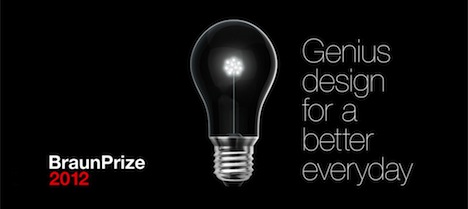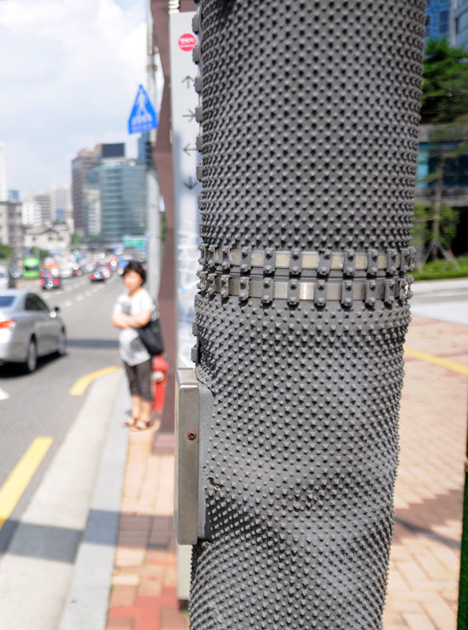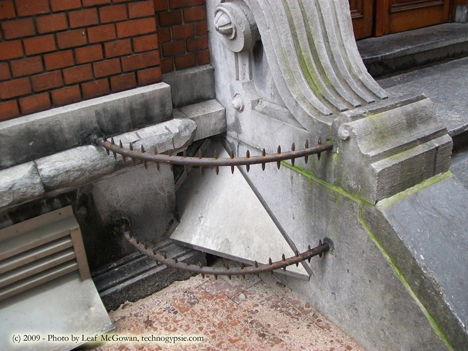As the inaugural year of SVA's new MFA in Products of Design program nears the spring, they have opened up applications for their summer program, this time around the growing field of food design. Headed up by faculty member Emilie Baltz and Core77 Design Awards Favorite Marc Bretillot, the program takes place in France from July 7–13, 2013. Below are more details:
This immersive workshop is a delicious foray into the growing field of food design. Taking place in the French capital of Champagne province, the program will be hosted in the kitchens of L'Ecole Supérieure d'Art et de Design de Reims (L'ESAD), home to one of the first culinary design program in the world. Emphasizing a maker-driven, cooking-centric approach, the program will reveal new perspectives unto the ways that we engage and identify with our food.Under the direction of Marc Bretillot, founder of the food design program at L'ESAD, and Emilie Baltz, artist and food designer, the program is based on the understanding that food is our most fundamental form of consumption. In recent years, we have seen a growing awareness around the quality of the food we ingest and the industrial means surrounding our most basic foodstuffs. With the rapidly expanding reach of the design industry, designers are now uniquely situated to explore and affect these systems.
Using materials, gestures, forms and interactions, participants will investigate the role that ingredients, taste, shape and service play within food design. Throughout the workshop, critiques and performances will be held to emphasize the authentic development of personal "taste." Students will likewise be challenged to consider the sensory experience of their work and its ethical, aesthetic, historical and political implications. A professional chef will assist participants with technical needs. Scheduled visits and tastings to neighboring distilleries, vineyards, local farms and food producers will be an essential component of revealing the complex, and delightful, space in which food design exists.
Located 80 miles from Paris (45 minutes on the high-speed train), the City of Reims is one of the cultural centers of France. Participants will stay in centrally located apartment-style housing with full service amenities.
Learn more about the program at the site.
(more...)









 Image courtesy of
Image courtesy of 
 The R32, BMW's first motorcycle
The R32, BMW's first motorcycle BMW Museum
BMW Museum BMW clay model
BMW clay model






 Global Gold Winner, Professional/Enthusiast - Känguru, designed by Berlin-based designer Oliver Klein. It is a Mobility Concept for the Urban Context—a baby carrier and bicycle seat in one.
Global Gold Winner, Professional/Enthusiast - Känguru, designed by Berlin-based designer Oliver Klein. It is a Mobility Concept for the Urban Context—a baby carrier and bicycle seat in one.
































 Welcome words by Ralph Wiegmann (iF design's Managing Director) at the reception.
Welcome words by Ralph Wiegmann (iF design's Managing Director) at the reception. Gianluca Armento (Brand Director of Cassina) explaining the importance of their archive
Gianluca Armento (Brand Director of Cassina) explaining the importance of their archive The "Refuge Tonneau" reconstructed by Cassina
The "Refuge Tonneau" reconstructed by Cassina Basic kitchen inside the Refuge Tonneau
Basic kitchen inside the Refuge Tonneau














